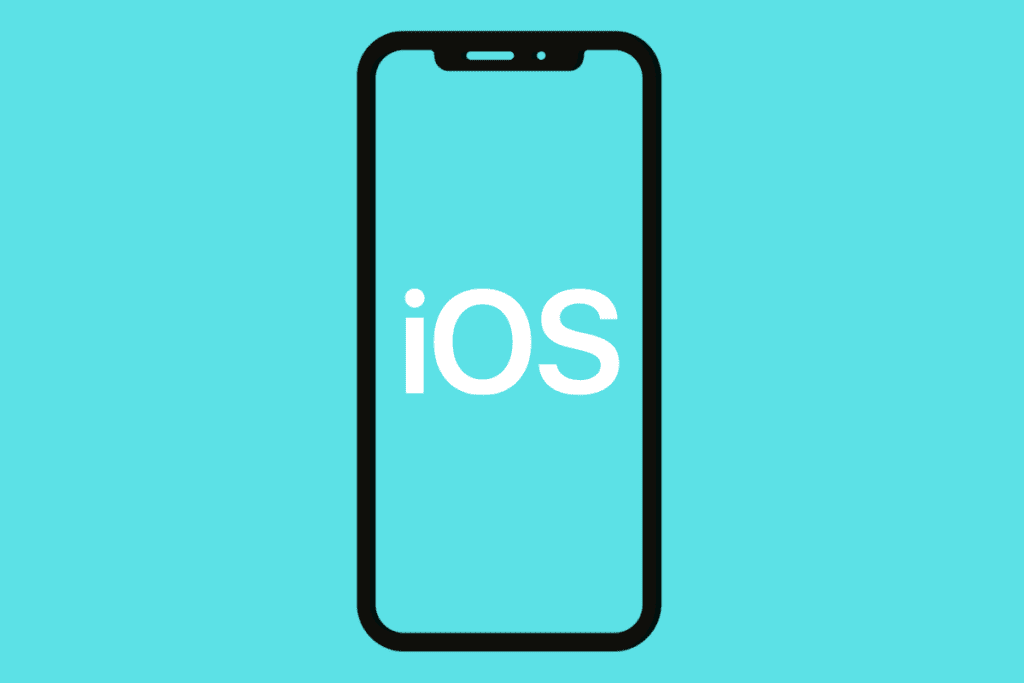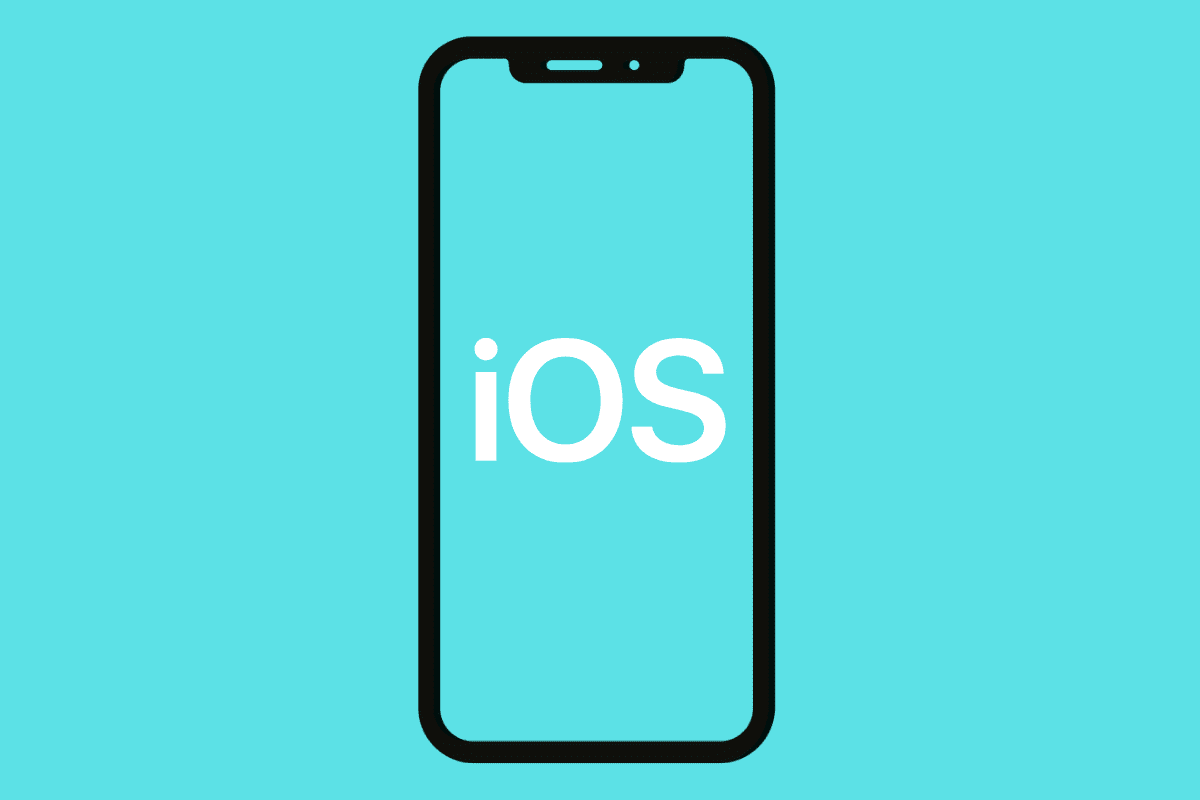Apple’s iOS platform has been around for a good long while now, but people have no idea what it means. Here’s what iOS stands for…
Key Takeaways: The Rise and Impact of iOS
- What Does iOS Stand For? Forget the debate; iOS stands for iPhone Operating System. The term dates back to Apple’s early decisions on the iPhone’s development, influenced by a showdown between the Mac and iPod teams.
- iPhone OS: The Beginning Originally dubbed iPhone OS, the iPod team was the brains behind the first software of Apple’s premier phone. The App Store was also an initial feature, only rebranded to iOS in 2010.
- Third-Party Apps: A Game-Changer: Steve Jobs initially said ‘no’ to third-party apps on the iPhone. He later reversed this decision, leading to the App Store’s explosive growth.
- iOS vs. The World: In its infancy, iPhone OS faced stiff competition from BlackBerry and Nokia. Its user-friendly and visually appealing approach ultimately revolutionized smartphones.
If you own an iPhone, or you have owned one in the past, you have used Apple’s iOS platform. First developed in and around 2005, ahead of the release of the first-ever iPhone in 2007, Apple’s iOS platform has been through nearly 16 generations now – iOS 17, for instance, launches later this year.
And during this time Apple has bought A LOT of companies to make its iPhone what it is today.
If you’re a fan of Apple or interested in its history, you might be interested to know that Apple’s iPhone operating system wasn’t always called iOS. In fact, for its first few years of existence, it was known by a completely different name. You might also be interested in how iOS and the iPhone came to be? If so, read on because we’re about to cover both of these things…
iOS Meaning
There are two schools of thought on this. Some people believe iOS stands for Internet Operating System, whereas others believe it stands for iPhone Operating System.
But it is the latter group that is correct: iOS stands for iPhone Operating System, just as macOS stands for Mac Operating System.
How do we know this? In the run-up to releasing the first-ever iPhone, Steve Jobs had a monumental task on his hands.
Apple needed a phone, but Jobs had to decide on whether he wanted to “shrink the Mac” or “expand the iPod”.
In order to decide the best approach, Jobs pitted Apple’s Mac and iPod teams in a head-to-head battle to see who could come up with the best solution.
iPhone OS – The First Version of iOS
In the end, it was the iPod team, led by Scott Forstall and Tony Fadell, that won out. They created the first iteration of the software that would run inside Apple’s first iPhone, as well the first version of Apple’s App Store. Back then, the operating system was referred to as iPhone OS. Even at launch, Jobs referred to the platform as iPhone OS. In fact, it wasn’t until 2010 that iPhone OS was rebranded as iOS.

The first version of iPhone OS debuted at Apple’s Macworld Conference & Expo on January 9, 2007, before getting officially released in June later that year. The first iPhone was a messy affair to develop and get to market. It cost more than anything else on the market and while it did have many unique features, it did lack some very important ones too. And its battery life was not great.
To be frank, Apple didn’t really hit its stride with iPhone until the release of the iPhone 3GS, and Jobs knew this. The first few models were effectively beta handsets – a way to troubleshoot problems and find out what users really wanted. When the iPhone 4 came along, it blew everything else out of the water. The phone looked incredible, was immensely powerful, and is largely responsible for making Apple the brand it is today.
How iOS Changed The Game
When Apple’s first version of iPhone iOS landed inside the first couple of iPhones, it was competing with the then-dominate BlackBerry, Nokia’s Symbian OS, and a very young, very unpolished Android platform from Google. Between 2007 and 2008, many analysts believed Apple had bitten off more than it could chew. How could Apple, a computer company, take on the likes of Nokia and BlackBerry?
You have to remember that back then, Nokia and BlackBerry effectively controlled the market. But both companies, even if they didn’t know it at the time, were about to be made extinct by two brand new phone operating systems, iOS and Android. Apple’s approach to phones was different from Nokia and BlackBerry’s. It made iPhone OS easy to use, highly visual, and engaging. The same tactic it used to popularise its first Mac computers.
Google’s Android platform was doing something similar, both Apple and Google were clearly reading from the same page, but it was Apple’s vision, as well as its ultra-polished marketing and positioning of the iPhone that secured it a more prominent perception on the market. Everybody knew what the iPhone was, even back then, either because they owned one or because they were appalled at how expensive it was.
Developers Preferred iOS From The Get-Go
Apple scored itself an early win by ensuring that iOS ran on similar code to its Mac computers. This made it really easy for existing Mac developers to create applications for iPhone. After a few years on the market, and a few million iPhones sold, Apple’s App Store became the best app store on the market. Apps were new back then as well, so users that wanted the best apps flocked to iPhone.
This very nearly didn’t happen though. Back in 2007, Jobs was initially not going to allow third-party developers to create applications for iPhone. Instead, he asked them to make web applications for the iPhone’s Safari browser. This one thing could have sunk the iPhone before it even got started, but luckily Jobs changed his mind after a massive backlash from developers, and the rest, as they say, is history.
Apple released its first, proper iPhone SDK in 2008. With this SDK, Apple’s legion of third-party developers, already embedded inside its ecosystem, could retrofit their applications and easily action new ideas that could be developed and brought to iPhone. The result was that between 2008 and 2012, Apple’s App Store grew massively, securing itself the position of the best app store on the market.
Google’s Android platform was a harder sell for developers. There wasn’t a single phone to focus on, you see, unlike Apple’s approach, so apps had to be tweaked for different models and display sizes, with new models landing all the time. Apple’s more streamlined approach helped it to significantly bulk out its App Store with useful, engaging applications, while Google’s Android App Store lagged behind, often having vastly inferior versions of popular apps.
Android, of course, caught up – both with respect to its overall design and its app store, now called Google Play. These days there is very little to separate Android and iOS, both are extremely polished, well-executed operating systems beloved by billions of people the world over.
And as is the case every year, in 2022 we will see two major updates from both Apple and Google in the form of iOS 16 and Android 14 – both updates are expected to land towards the end of 2022. And then, of course, we have the iPhone 14 to look forward to as well…


